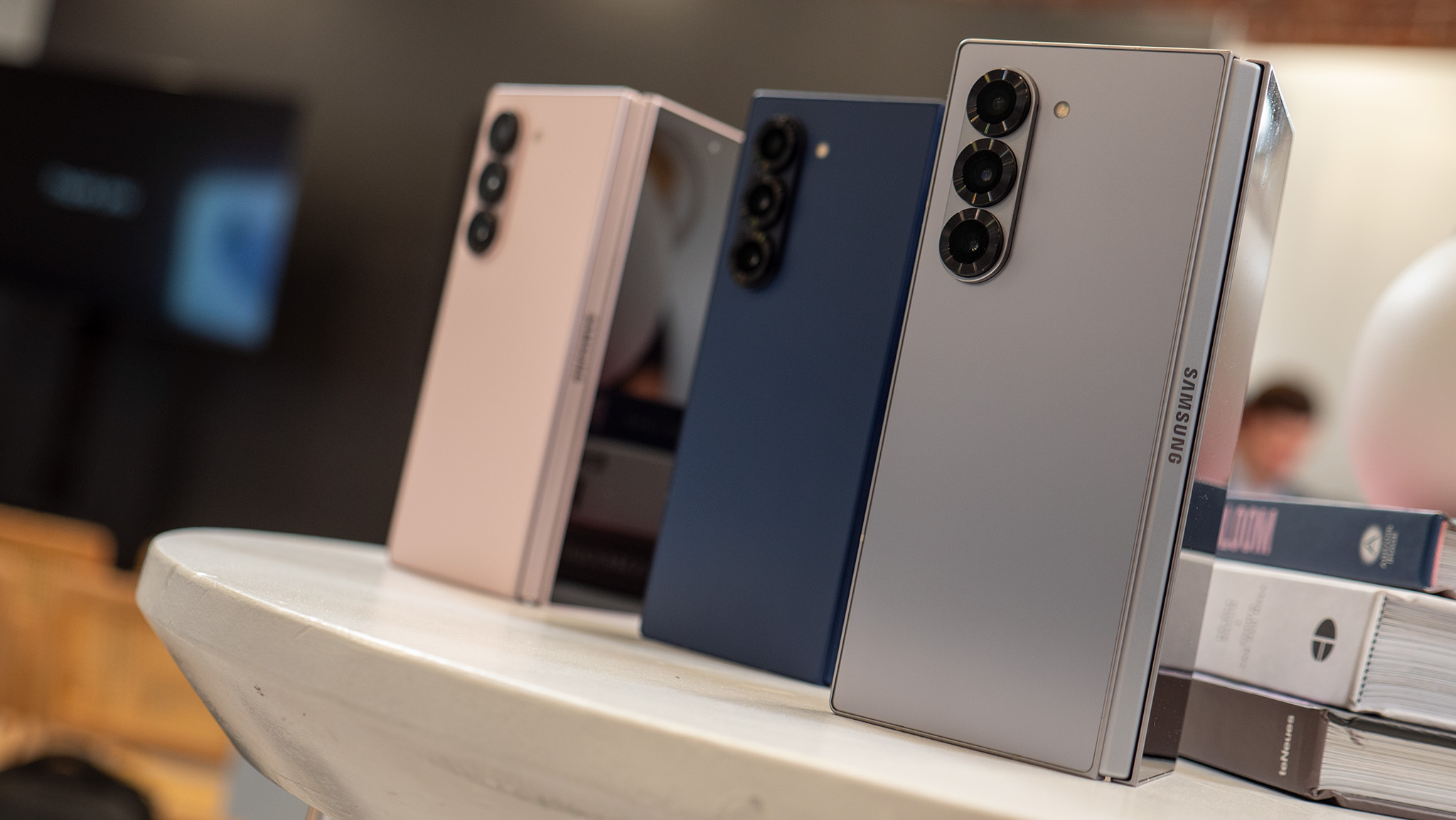
What you need to know
- Samsung’s new Galaxy Z Flip 6 and Galaxy Z Fold 6 were officially revealed yesterday at a Galaxy Unpacked event.
- Although both phones are iterative upgrades compared to their predecessor, they come with a $100 price increase.
- The lack of improvement in the smartphone market, specifically the foldable sector, calls into question whether we really need yearly upgrades.
The dust is starting to settle from Samsung’s summer Galaxy Unpacked event, which introduced a handful of new Galaxy phones and wearables. This is usually the time when we’d start to get excited about Samsung foldables, but the last few years were underwhelming. This year didn’t break the trend, as the new Galaxy Z Fold 6 and Galaxy Z Flip 6 were overshadowed by the new Galaxy Ring, Galaxy Watch Ultra, and Galaxy Buds 3 Pro.
The Galaxy Z Fold 6 packs more improvements than the Galaxy Z Flip 6, though both devices received a spec bump, thanks to the inclusion of the Snapdragon 8 Gen 3 for Galaxy chipset. Still, it’s hard to see Samsung’s upgrades here as anything but the bare minimum. Samsung had a tight grasp on the foldable phone market at some point, but that grasp is slipping.
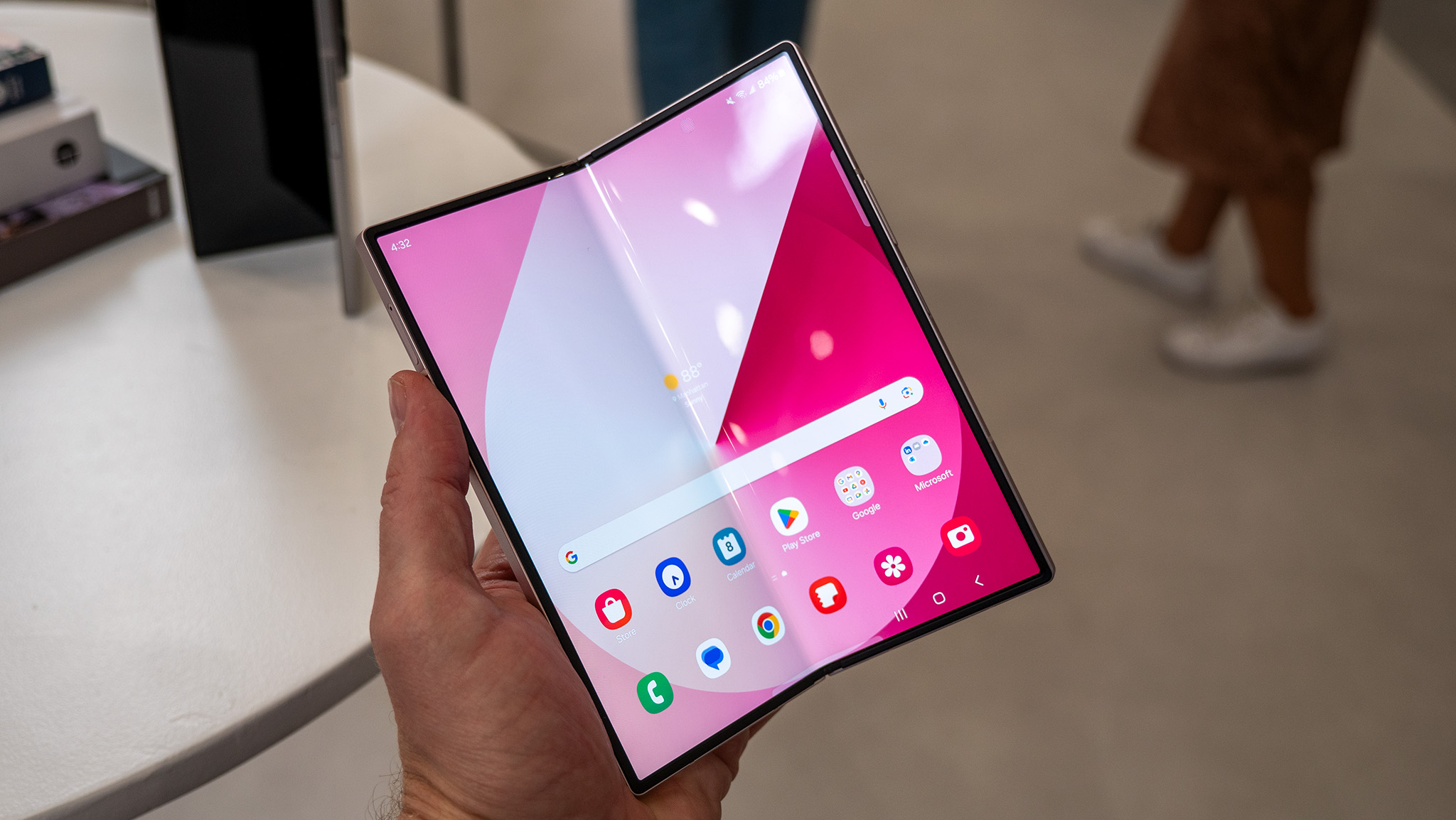
Phones available in other markets, like the Honor Magic V2 and Vivo X Fold 3, have better technology inside. OnePlus beat Samsung on its turf — even though the company is based in South Korea, it’s dominated the U.S. foldable market in the past — last year with the release of the OnePlus Open. Samsung’s moves to make the Galaxy Z Fold 6 cover screen wider and the overall chassis thinner were ones that it had to make if it wanted to have a chance at competing with Honor, Vivo, and Oppo on the spec sheet.
Things get worse when you start to peek at the Galaxy Z Flip 6, which is virtually unchanged from the Galaxy Z Flip 5. The cover screen isn’t any bigger, and this makes the Galaxy Z Flip 6 pale in comparison to the Motorola Razr Plus 2024 and even the 2023 version as well. While Motorola has essentially made the Razr Plus cover screen a full-fledged Android smartphone, Samsung appears to be content with keeping the Flip cover screen as a glorified smartwatch. It has some widgets, games, and limited app support but not much else.
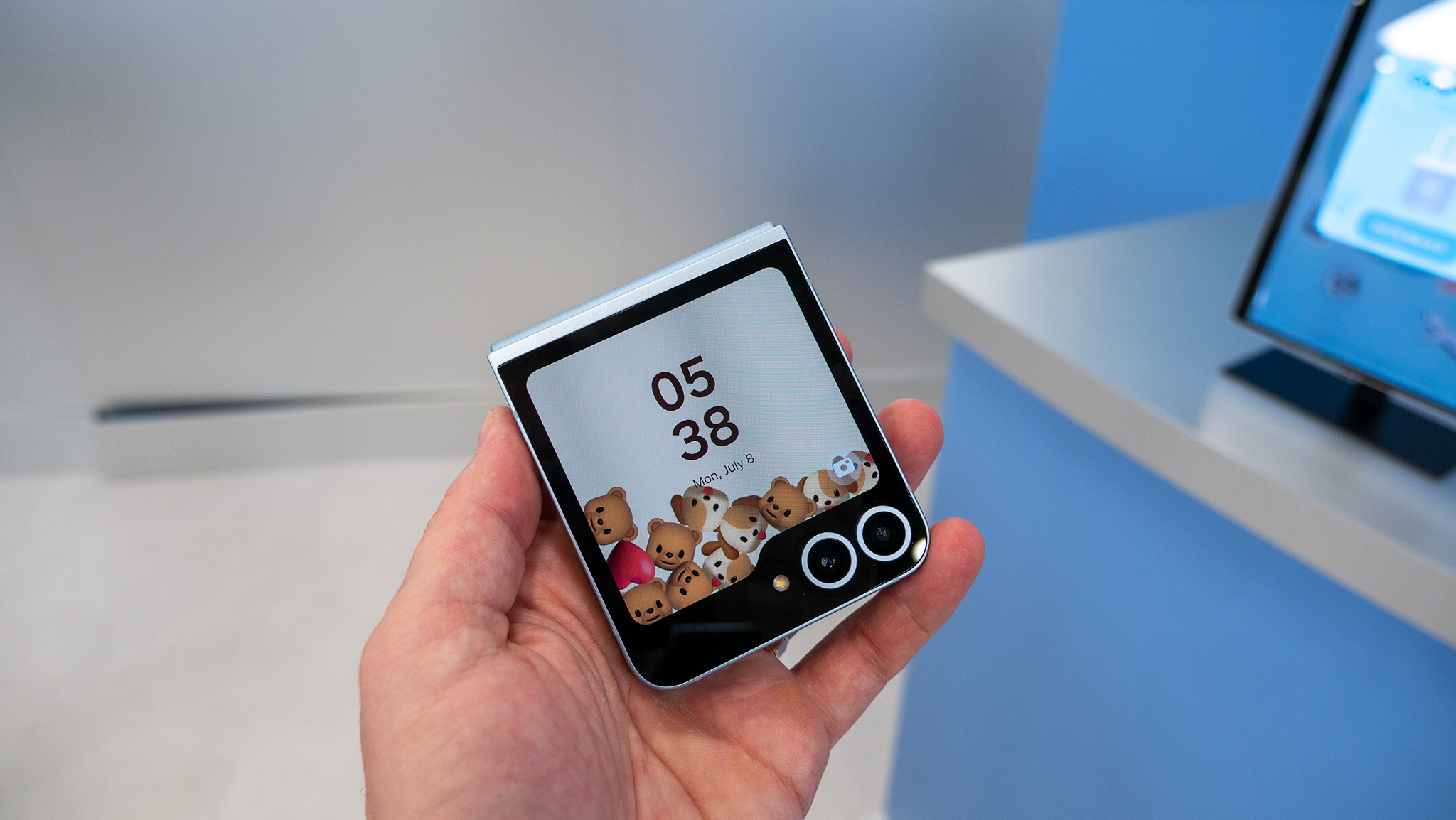
And don’t even get me started on the cameras. Seriously, I have no idea how Samsung can keep getting away with this. It’s selling a $1,900 phone with the same camera hardware as the Galaxy S24 — which costs just $799. The camera system on the Z Fold 6 is now three years old, and it’s almost laughable. Folding phones will naturally come with trade-offs compared to their flagship counterparts, but that doesn’t excuse Samsung‘s neglect of the cameras of its most expensive phone.
It’s true that Samsung slightly improved the main camera on the Galaxy Z Flip 6, and it looks to be the best camera on a clamshell foldable sold in the U.S. for the second year in a row. However, it feels like another case of the company doing the bare minimum. Why didn’t the Galaxy Z Fold 6 get the same treatment?
It all begs the question: who’s buying the new Galaxy Z Fold 6 and Galaxy Z Flip 6? It’s obviously not the owners of last year’s foldables because barely anything has changed. It’s also probably not the owners of the Galaxy Z Fold 4, and I’d know because I’m one of them.
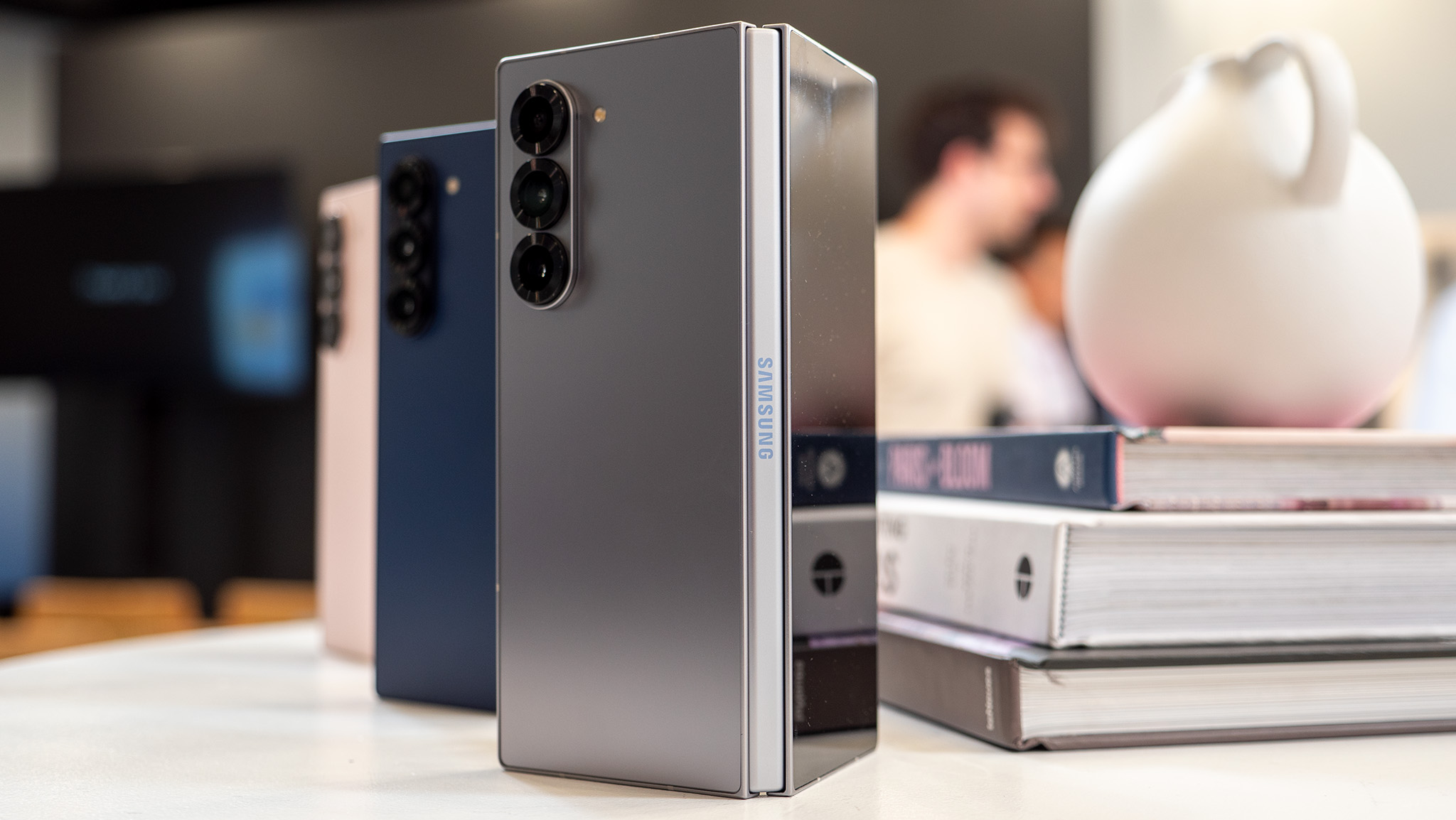
Not worth the upgrade
I have the Galaxy Z Fold 4, and I’ve grown tired of the tiny cover screen and weak cameras. The problem is that the Galaxy Z Fold 6 — which is two generations newer and $100 more expensive than my phone was — isn’t materially different in those areas. Everyone’s talking about the bigger screen on the Galaxy Z Fold 6, but it’s still a weird size and aspect ratio compared to the OnePlus Open and Pixel Fold. Those devices feel like a normal smartphone when closed, whereas the latest Samsung foldables feel like devices you need to use opened up.
That sums up the core issue with Samsung’s complacency. It’s going to affect sales eventually. Right now, I’d recommend the OnePlus Open over the Z Fold 6 for someone looking for a big-screen foldable in the U.S. I might even recommend the Pixel Fold to the right person, and if they’re lucky enough to have access to Asian foldables, it’s not even a competition.
For someone looking for a smaller foldable, the Razr Plus 2024 undoubtedly has better hardware than the Galaxy Z Flip 6. You have to deal with worse software support, but that might be a worthy tradeoff. The bottom line is that if you want the best foldable tech in North America today, it’s not coming from Samsung.
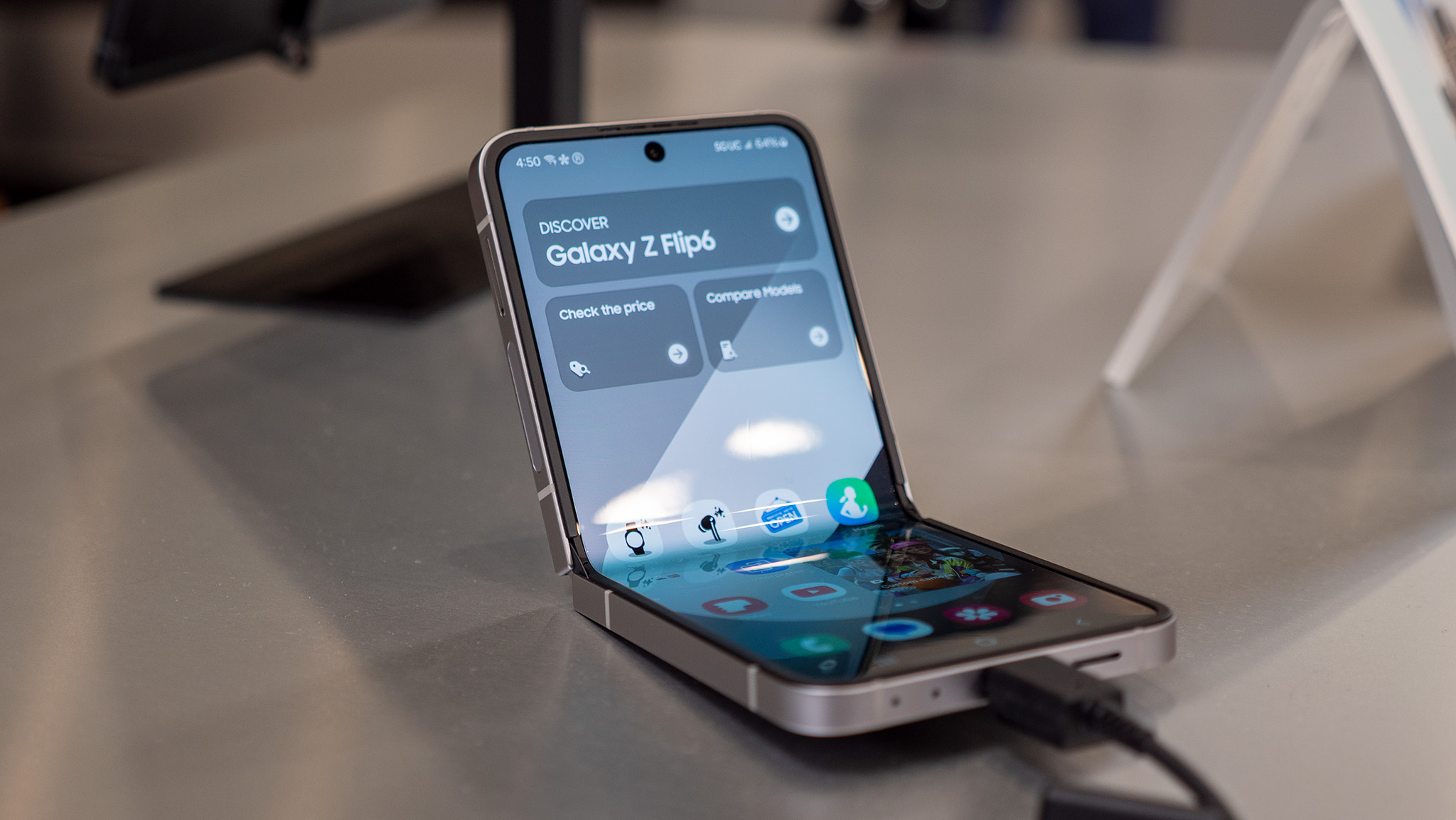
Smartphones should be released on a yearly basis, although that doesn’t mean you should buy them on a yearly basis. By offering new phones each year, companies offer consumers the best phone they can provide at any time. No matter when you need to upgrade or what cycle you’re on, you have a predictable release schedule to inform your purchasing decision.
However, it’s clear that every year can’t be a minor refresh. Eventually, something has to give, and companies need to innovate in a material way. I hoped this would be the year for Samsung, as it’s facing more competition than ever. That didn’t pan out, and until Samsung starts to take foldables seriously, I won’t upgrade to a new one.







